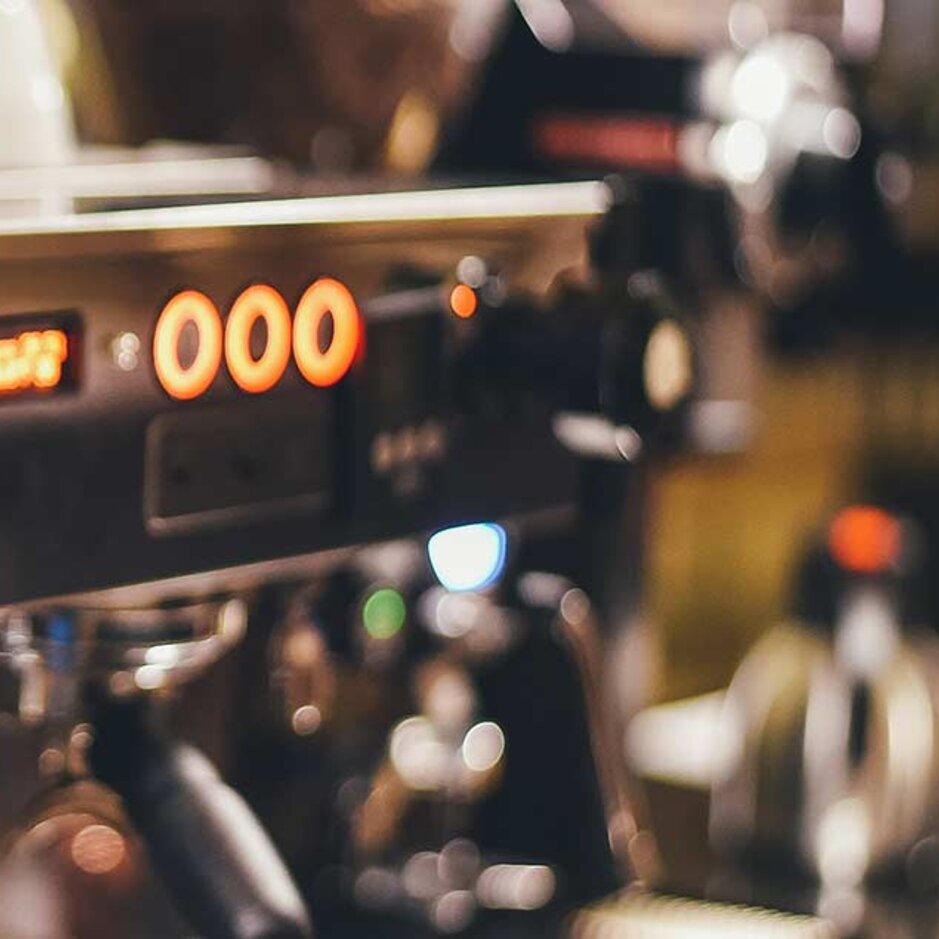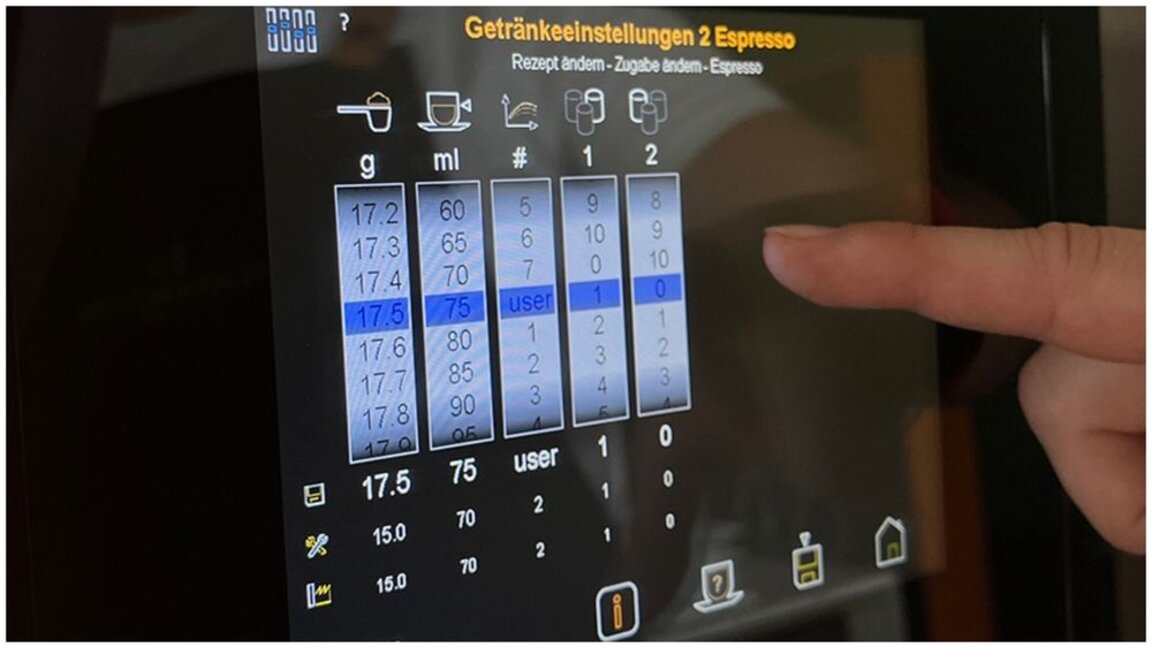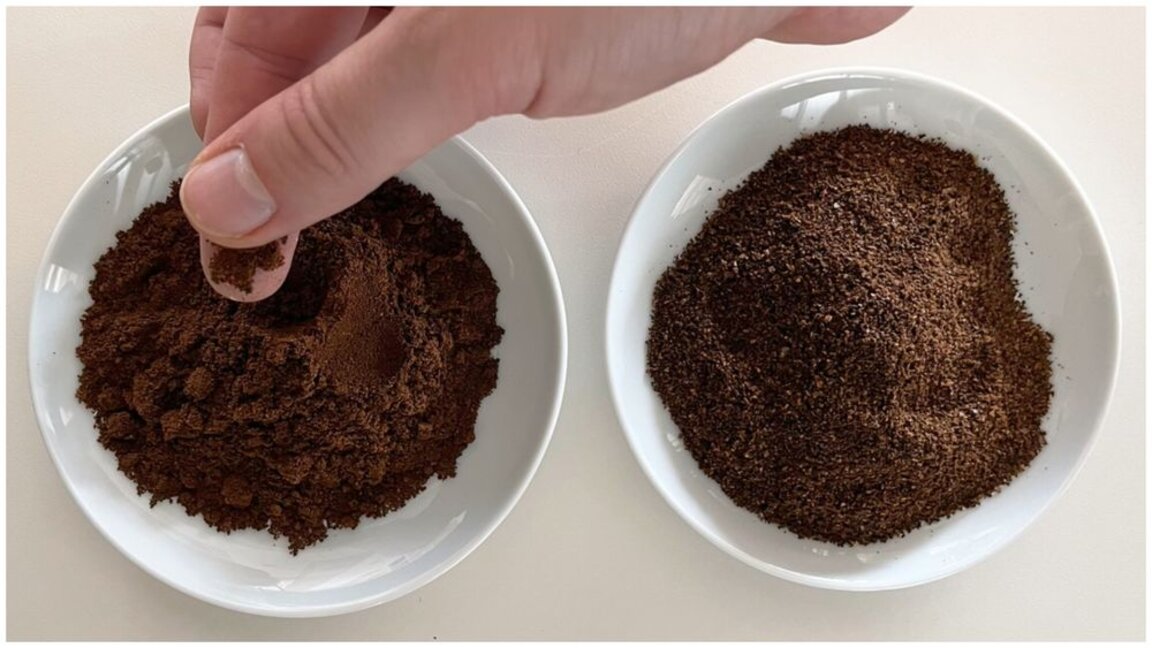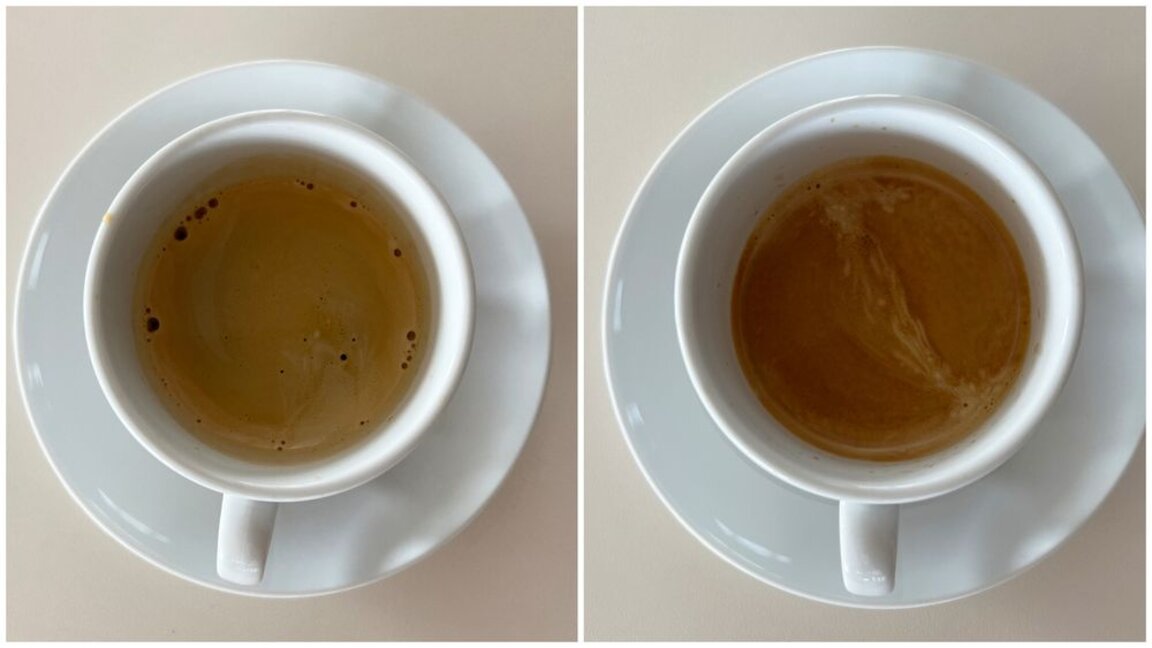Have you ever wondered why a café crème often tastes better from a fully automatic machine than prepared in a portafilter? The answer lies in the so-called jet.
Put simply, too much water runs through the coffee grounds in a portafilter machine. The coffee grounds are leached out too much, over-extracted and the coffee usually tastes burnt and bitter as a result. In such cases, we therefore always recommend preparing an Americano (hot water plus a single/double espresso, depending on the degree of roast and desired intensity).
The Jet setting parameter actually does almost the same thing. During the preparation of a café crème, water is added via the jet, i.e. the coffee is stretched. This function is only useful for café crème, especially if the coffee is very intense, for example due to a darker roast or a clearly perceptible, sometimes too strong roasted flavor.
With the Jet, you can set the point at which and up to which point hot water should be added. The jet is a setting parameter that can be used for both single and double brewing, but only for café crème.



